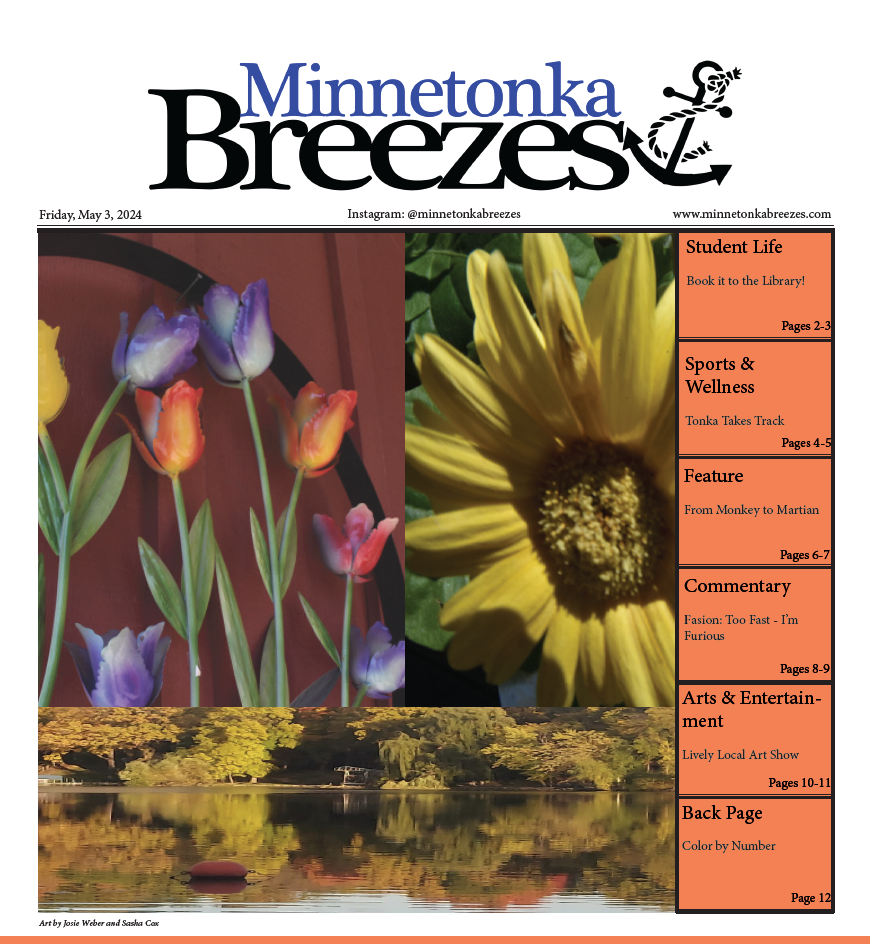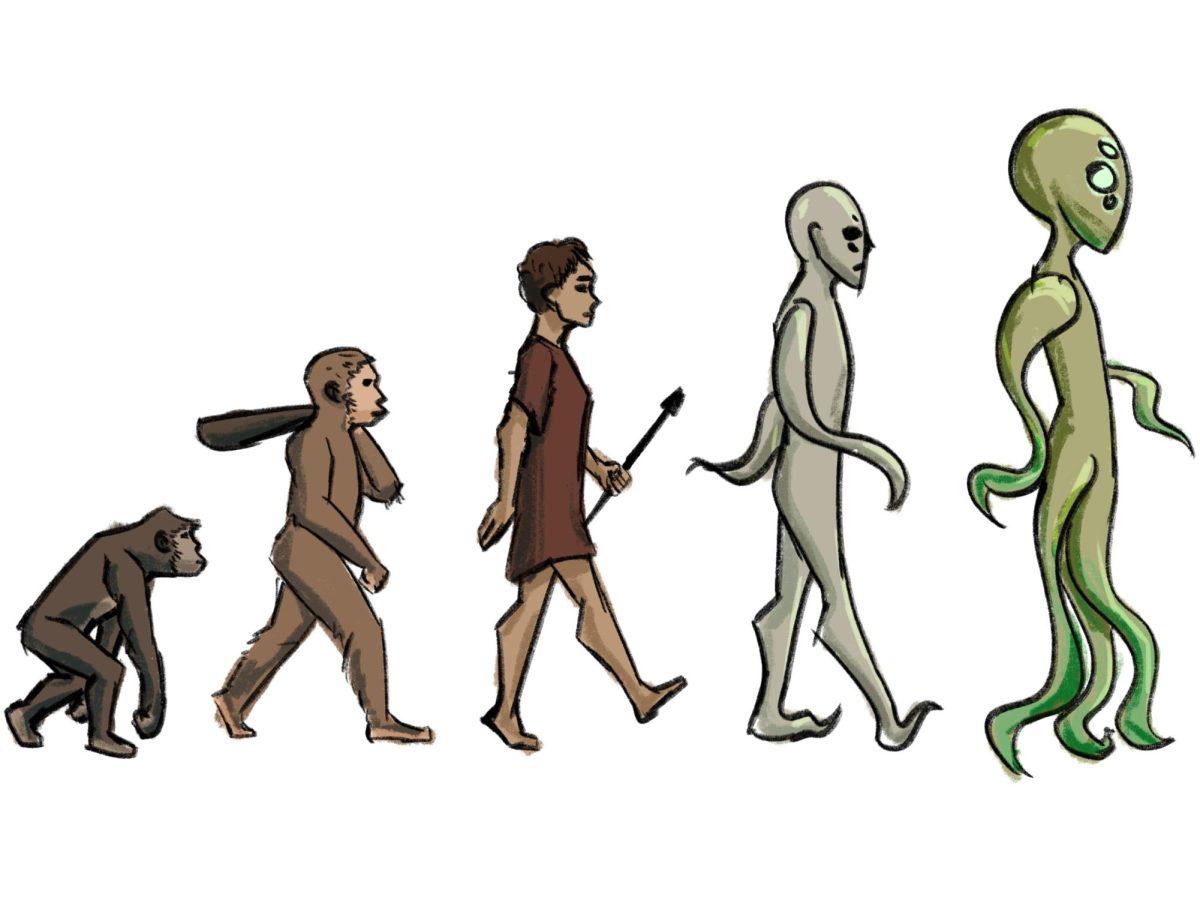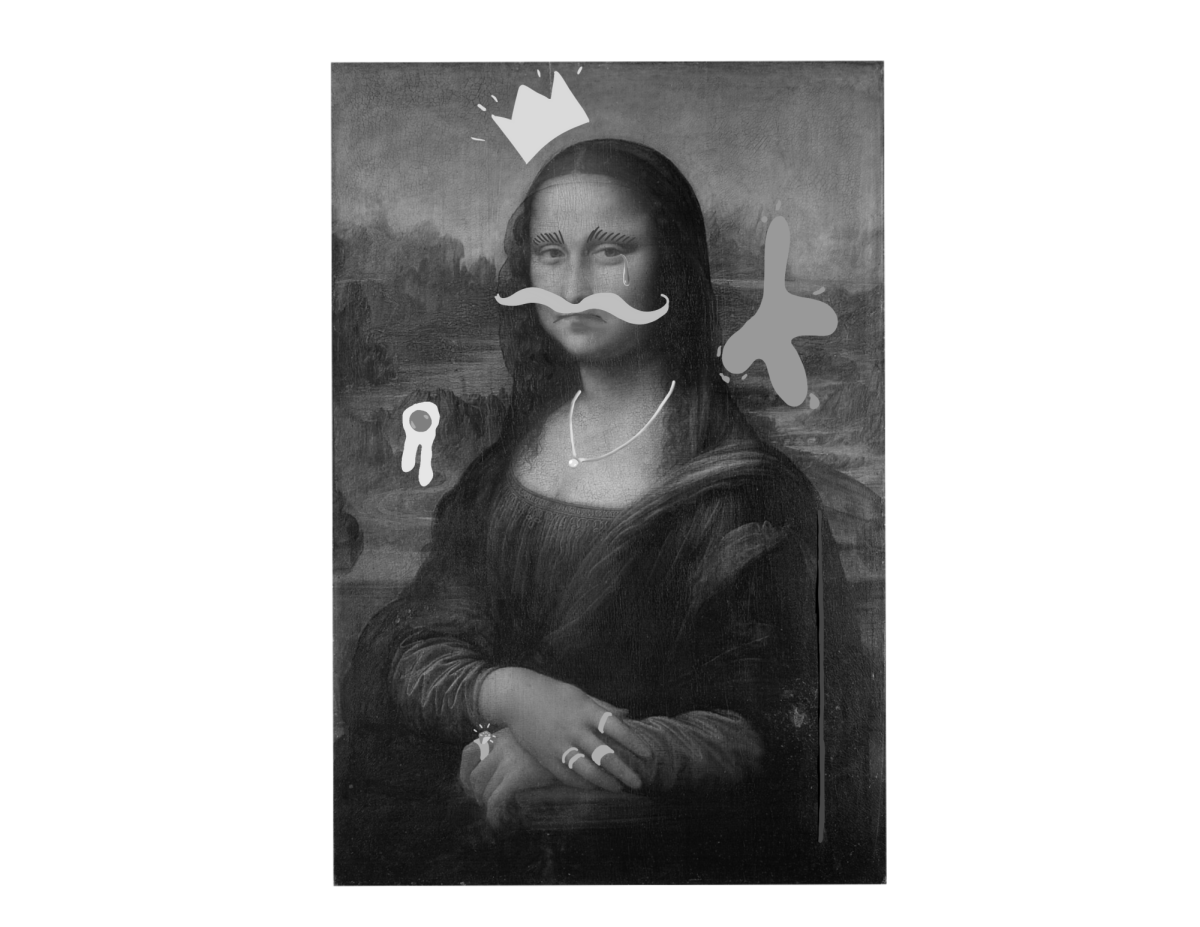If you find yourself lacking in time to commit to a large novel because of school and activities, here are my short book recommendations! All of them are 250 pages or fewer
After Sappho – Selby Wynn Schwartz (250 pages)
After Sappho follows various women at the turn of the twentieth century. These women were writers, poets, doctors, dancers, actors, and translators, trying to break free from their narrow, predetermined lives, under the influence of a poet that died centuries before they were even born.
The book is a braided narrative that intertwines lives of love and loss with poetry analysis and references to literary works of the time. The fragmentary history highlighted in this book parallels the fragmentary nature of Sappho’s poetry, and attempts to find some sort of wholeness or completion.
I found this book to be so moving. Each line is intentionally crafted and the weaving narrative is done magnificently, so it was very hard for me to put it down.
Piranesi by Susanna Clarke (245 pages)
The House is not an ordinary building. With halls upon halls of statues, seemingly never ending corridors, and an imprisoned ocean ready to flood, it would be easy to get lost. Piranesi does not. He knows the labyrinthine House as he knows its tides.
The Other – the only other person in the house – often seeks Piranesi’s help with his search for a Great and Secret Knowledge. This search, however, may lead to an unraveling of the House, even their entire world.
Told through Piranesi’s journal entries, Susanna Clarke weaves an intricate tale of identity, mental health, and the line between reality and illusion. It is truly unlike any other book I’ve read before, and it still astounds me with the level of detail created by a single person. While it can be a little dense at the beginning, the payoff for this book is worth the read.
All the Beauty in the World by Patrick Bringley (178 pages)
The Metropolitan Museum of Art in New York is one of the largest museums in the world, with over two million items on rotation in their permanent collections and over six hundred thousand square feet of gallery space. Millions of people each year visit the, but few have unrestrained access to every crack and corner, every piece of art in the building. There are people who do see these hidden parts of the museum every day: the guards.
Patrick Bringley is our narrator, who became a guard after his brother was diagnosed with cancer, leaving his position at The New Yorker. We follow him as he guards treasures from all over the world, helps visitors find their way, grows close with his colleagues, and re-enters the world outside his boxed-in home-away-from-home.
Bringley’s memoir combined with detailed maps of the Met galleries and his own sketches of its works of art, dispersed throughout the story, make for a stunning read.
Convenience Store Woman by Sayaka Murata (163 pages)
Keiko feels out of place in the modern world. Her peers are getting degrees, beginning jobs at business firms, and starting families. She is a part-time convenience store worker. She’s never fit in anywhere in her life except for her job and she’s happy there. However, increasing pressures from her friends and family to get married may disrupt that.
The contrast between Murata’s light tone and more intense societal critiques make Convenience Store Woman an intriguing and quick read.
Agapē Agape by William Gaddis (144 pages)
Agapē Agape is the culmination of Gaddis’ work and worldview, published posthumously. This novella encompasses all the themes in his previous four novels at a fraction of the page length.
The story follows a dying man’s monologue as he reflects on his career, emphasizing how corporate technical culture and mechanization is uniquely destructive of the arts by looking at the history of the self-playing piano in the United States.
Like all of his work, Gaddis’ writing is dense, but the message and intensity of his style make reading worth it.


































